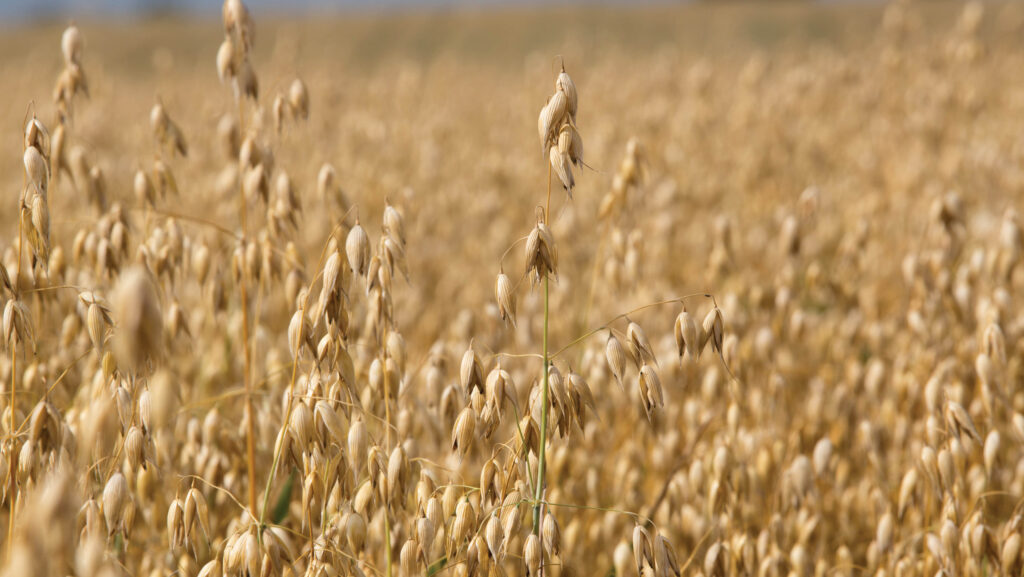Why we could see increased demand for British oats
 © Tim Scrivener
© Tim Scrivener The provisional UK oat area for the 2025-26 growing season is estimated to be the largest in five years, with a 13% uplift on last year.
Oats have become an increasingly attractive option for growers due to their rising value in food markets, relatively low input nature and compatibility with environmentally friendly rotations.
As a result, UK oat production has seen stable growth in recent years.
According to the 2025-26 AHDB planting and variety survey, a 207,000ha area of the crop is provisionally expected to be drilled.
See also: ‘Mosaic’ cropping system helps cut winter barley costs
More than 1m tonnes of oats
The UK’s potential production of oats for next season could range from 1-1.2m tonnes.
This is calculated using the UK’s minimum (4.9t/ha) and maximum (5.7t/ha) yields recorded between 2020 and 2024, together with the provisional planted area.
However, both human and industrial demand for this year’s oat crop was 5% below the previous five-year average, according to AHDB data.
This is partly down to reduced usage by millers driven by higher extraction rate due to better-quality oats.
However, demand for oats in animal feed is on the rise because of greater availability.
With another year of strong production likely and higher than average carry in stocks expected for 2025-26, the UK oat balance could be looking well-supplied this season.
Although, there are signs human and industrial demand could pick up as the season progresses.
Alpro to source 100% UK oats
Earlier this year, plant-based drink manufacturer Alpro announced it will be using 100% British oats for its long-life oat and chilled oat drinks.
This follows a significant investment by the company aimed at supporting UK agriculture and expanding its plant-based product range.
There are also plans to expand this sourcing to its barista range in the future.
This could bring a boost to domestic oat milling demand.
Although the increase in demand will likely be relatively small (about 2% of total UK oat human and industrial consumption), this could lead to a more structurally supported domestic oat market.
Alpro plans to produce about 58m litres of British oat drink annually at its Kettering plant, representing nearly a quarter of its UK plant-based drinks production.
The oats will be processed at the relatively new mill, Navara, and will be sourced within an 80-mile radius of the mill.
Producing oat milk requires about 90-100g of oat flour per litre, meaning the planned 58m litres would need 5,800t of flour.
After processing to make flour, 28-32% of raw oat weight is lost as hull and about 10% can be lost during milling.
This means producing 5,800t of flour could require 8,000-9,500t of raw oats, depending on quality, says the AHDB.
The firm’s oat drink production appears geared primarily toward the UK market, but further export expansion could arise.
Additionally, the emphasis on local sourcing may strengthen regional supply chains, particularly in the East Midlands and surrounding regions.
This may help guide cropping decisions for oats, supporting the steady increase in planted area.

